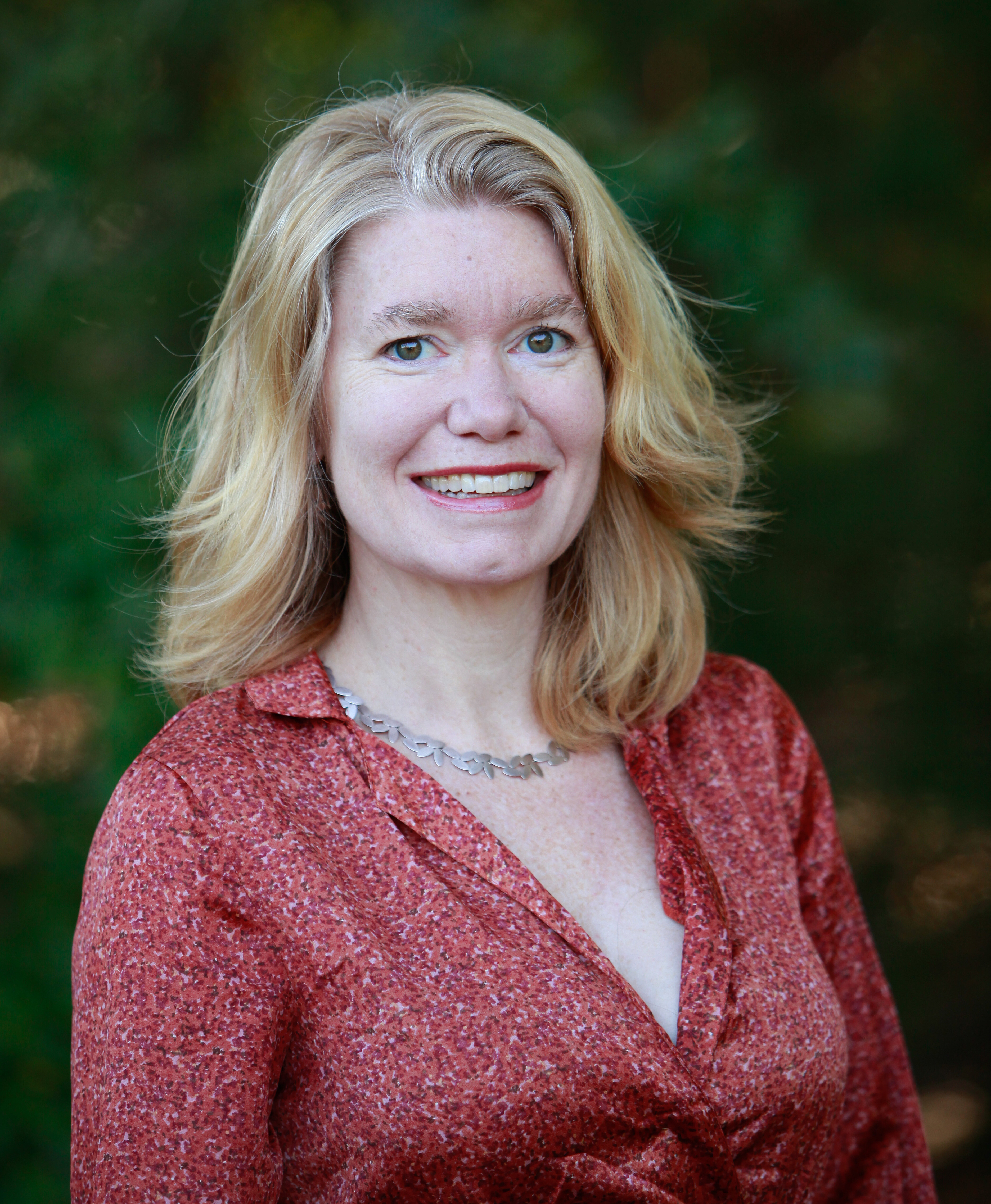Amy Gladfelter
 Amy S. Gladfelter (born April 27, 1974) is an American quantitative cell biologist who is interested in understanding fundamental mechanisms of cell organization. She was a Professor of Biology and the Associate Chair for Diversity Initiatives at the University of North Carolina at Chapel Hill, before moving to Department of Cell Biology at Duke University. She investigates cell cycle control and the septin cytoskeleton. She is also affiliated with the Lineberger Comprehensive Cancer Center and is a fellow of the Marine Biological Laboratory in Woods Hole, MA.
Amy S. Gladfelter (born April 27, 1974) is an American quantitative cell biologist who is interested in understanding fundamental mechanisms of cell organization. She was a Professor of Biology and the Associate Chair for Diversity Initiatives at the University of North Carolina at Chapel Hill, before moving to Department of Cell Biology at Duke University. She investigates cell cycle control and the septin cytoskeleton. She is also affiliated with the Lineberger Comprehensive Cancer Center and is a fellow of the Marine Biological Laboratory in Woods Hole, MA.Gladfelter studies the spatial organization of multinucleate cells, also called syncytia, which are cells with many nuclei that share a common cytoplasm. Her lab at Duke University is broadly interested in understanding why syncytia have arisen in diverse contexts within the tree of life. Syncytial cells are found throughout the human body, including in bone, blood, muscle, and placental tissue, and throughout the natural world, including in fungi, algae and in many animals during their development. Many tumors become syncytial, while certain viruses, including SARS-CoV-2, can induce cells to fuse. Additionally, Gladfelter studies the assembly of the septin cytoskeleton and how aberrant septin structure affects its function. Her research program uses microscopy, biophysical and genetic approaches to study cell biology. Provided by Wikipedia
-
1
-
2by James J. Russell, Julie A. Theriot, Pranidhi Sood, Wallace F. Marshall, Laura F. Landweber, Lillian Fritz-Laylin, Jessica K. Polka, Snezhana Oliferenko, Therese Gerbich, Amy Gladfelter, James Umen, Magdalena Bezanilla, Madeline A. Lancaster, Shuonan He, Matthew C. Gibson, Bob Goldstein, Elly M. Tanaka, Chi-Kuo Hu, Anne BrunetGet full text
Published 2017-06-01
Article
